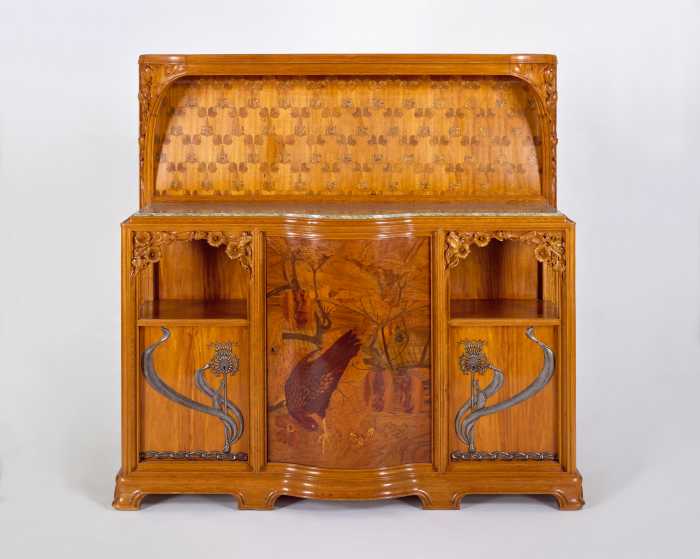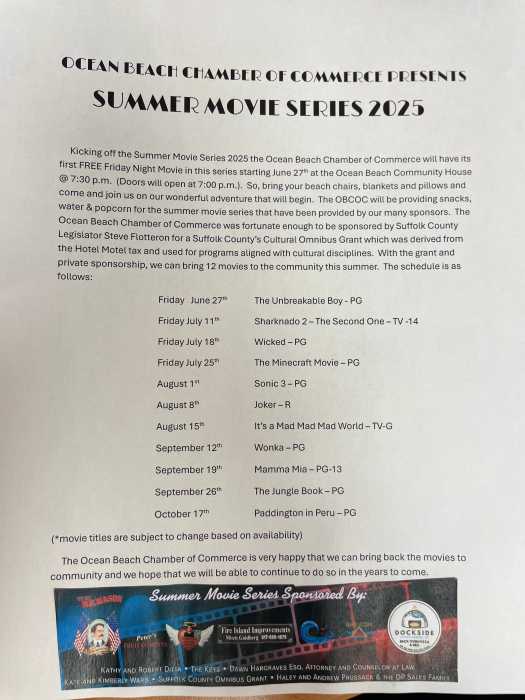The Hall of Fame catcher was leaning over the rail at the home plate end of the Cyclones dugout, as close as possible to the young Brooklyn catcher on the field.
The aforementioned 2003 inductee to Cooperstown’s shrine was Gary “The Kid” Carter, and he was closely mentoring Cyclones receiver Aaron Hathaway, who was wearing his catching gear, known in baseball lore as the “tools of ignorance.”
Thus, the subject of today’s discussion will be Brooklyn catchers and ignorance.
The expression “tools of ignorance” is thought by some to have been invented by Yankee Hall of Fame catcher Bill Dickey, who used the term as he bemoaned his decision to become a catcher. That choice forced him to wear his mask, shin guards, and chest protector — evidence of his “ignorant” decision to play such a physically demanding position.
Carter, the Mets minor league catching coordinator, won’t be wearing the tools of ignorance for the Cyclones, but having him in Brooklyn for a few days to tutor the receivers is like having a 50-year-old Marlon Brando in Brooklyn to mentor some promising actors.
Carter played for years with the Montreal Expos and was the Mets catcher on their 1986 World Series champions.
But Carter, who signed a professional baseball contract right out of high school, didn’t start out as a catcher..
“I wasn’t a catcher in high school — I was primarily an infielder, and I did a little pitching.,” he said. “As a kid in Little League, I was a shortstop and pitcher. One scout thought I could become a catcher, and so I caught about six games my senior year between both high school and American Legion.
“I didn’t even know how to strap the gear on the right way. So I signed as a catcher, but I really wasn’t,” he continued. “[Scout] Karl Kuehl showed a lot of interest in me. I used to spend countless hours down in [batting] cages with the Iron Mike [pitching machine] firing balls at me, learning to block balls.”
Carter was asked about the qualities needed to become a good catcher.
“You have to have a toughness about you. They used to say that catchers have to be dogs, meaning that you have to take your bumps and bruises and foul tips. You have to almost have a little bit of a football mentality.
“You have to know 10 or 12 personalities, meaning your pitching staff, and you have to be the quarterback.”
Speaking of quarterbacks, Carter was a star high school quarterback who had numerous football scholarship offers. The Cyclones’ Hathaway was a pretty good high school quarterback too.
“I saw Aaron Hathaway catch last night,” explained Carter. “He’s quick on his feet, and he called a great game. He’s a tough kid. He’ll take a hit, and I like the way he reacted to some balls in the dirt.”
Carter also liked Hathaway’s quick release on his throws to second. A major league catcher averages 2 seconds from the time a pitch touches his glove until his throw reaches second base. Gary uses a stopwatch to measure each toss.
“Hathaway’s best time on throws to second was 1.83, and he was averaging somewhere between 1.87 and 1.97.
“I told him not to be too concerned about his times, but to concentrate on quickness and accuracy. I’d rather have a 1.90 to a 2.05 than a 1.83 with the ball falling off to the side.”
To alleviate any ignorance as to this Hall of Famer’s evaluation of the catchers in the Mets system, we asked Carter to discuss catchers Mike Jacobs and Justin Huber, both former Cyclones. (Carter discussed Justin Huber at about 4 pm on July 30, a few hours before the announcement that Huber had been traded to the Kansas City Royals organization.)
“I’ve seen Justin Huber make great progress. The one key for Huber is his being able to stay healthy. He’s had this pectoral tear in his throwing arm the last two years, and it’s been a major setback for him. Now he’s at Triple A, but I really believe that had he not had that problem he’d be the starter catcher next year in the big leagues. I like his set-up. I like the way he handles a game, his pitch calling and throwing ability. I think he’s lost a little bit of his [throwing] velocity because of the concern about his pectoral [muscle].
“The biggest thing [about him] is his make-up. I think he’s solid. The biggest thing is if he can stay healthy.”
Let’s flash back to the Home Opener for the 2001 season. The Cyclones ended a 44-year drought for Brooklyn professional baseball when catcher Mike Jacobs hit a sacrifice fly to win the game in the tenth inning.
Carter discussed one of the Cyclones first heroes.
“Mike has come into his own as a receiver. He still has a little deficiency with his throwing in that he stands up too much. He needs to be a little more compact. I think he handles a pitching staff real well.
“He really came around with the bat. Here’s the guy who was the minor league player of the year [the 2003 Sterling Award went to Jacobs, who hit .329 at Binghamton]. Now he’s hurt his shoulder, and he’s disabled and out for the rest of the year.
While I asked Carter about key Cyclones catching alumni, he mentioned Joe Hietpas, who caught for the Cyclones in 2002. Hietpas is batting .231 at Binghamton, but the Mets minor league catching coordinator feels that Hietpas could someday make the majors.
“Joe Hietpas calls a great game,” explained Carter. He blocks pitches well and throws guys out. The big question is his hitting ability.”
Carter brought up other catches in the Mets system.
“There are other guys like Brandon Wilson, and Zack Clements, and Junior Garcia, and there are other players being considered,” he noted.
Despite the talents of all the catchers in the Mets system, the man of the hour is Huber, just traded to the Kansas City organization. Did the Mets make a mistake? I think so, and here’s why.
Joe Pignatano is a native Brooklynite and a current resident of Bay Ridge. He was the last Brooklyn Dodger to catch at Ebbets Field. As a coach, Pignatano was Gil Hodges’ right hand man when Hodges managed the Mets. “Piggy” is a smart guy.
When once asked how he managed to make the major leagues, Pignatano replied, as he pointed to his heart, “Desire! That’s how I was able to make it. Desire … and maybe a little bit of talent.”
Pignatano was being modest. He had more than a little talent, but his point is well made. Desire. He had it. Gary Carter had it. Aaron Hathaway has it. And Justin Huber has it.
Huber could have been the first Cyclones catcher to reach the majors leagues as a Met.
“I think he’ll be a star,” said Gary Carter about Huber.
I agree.
























